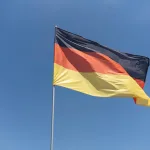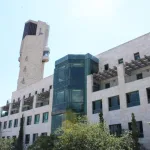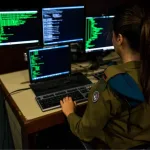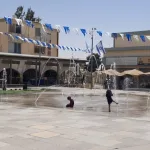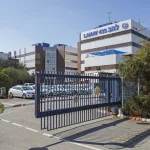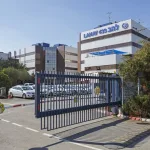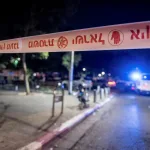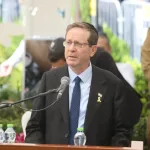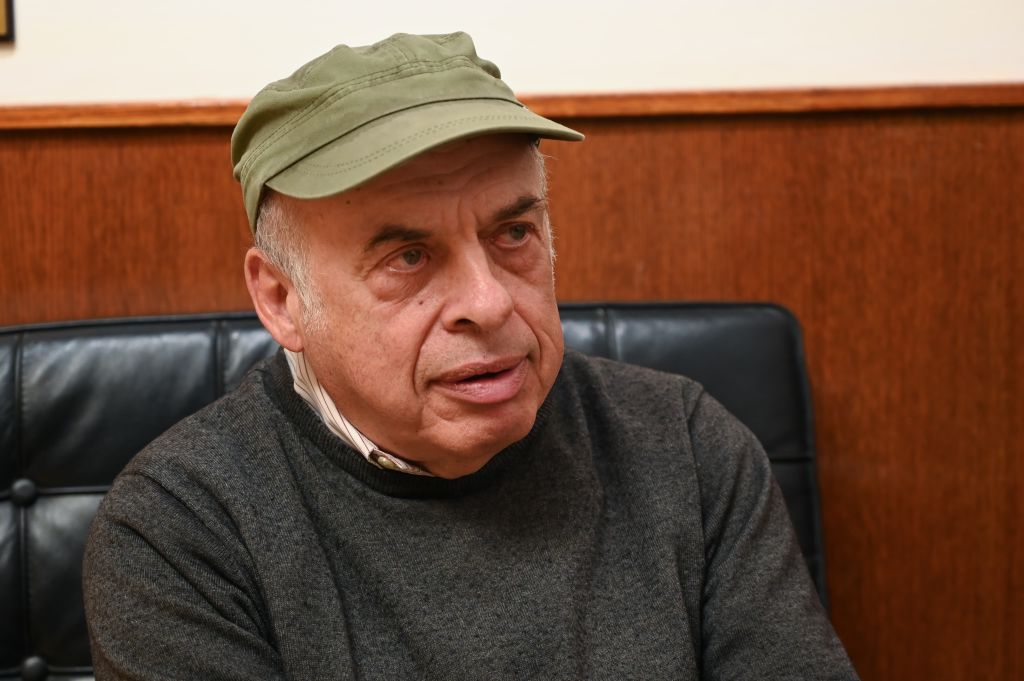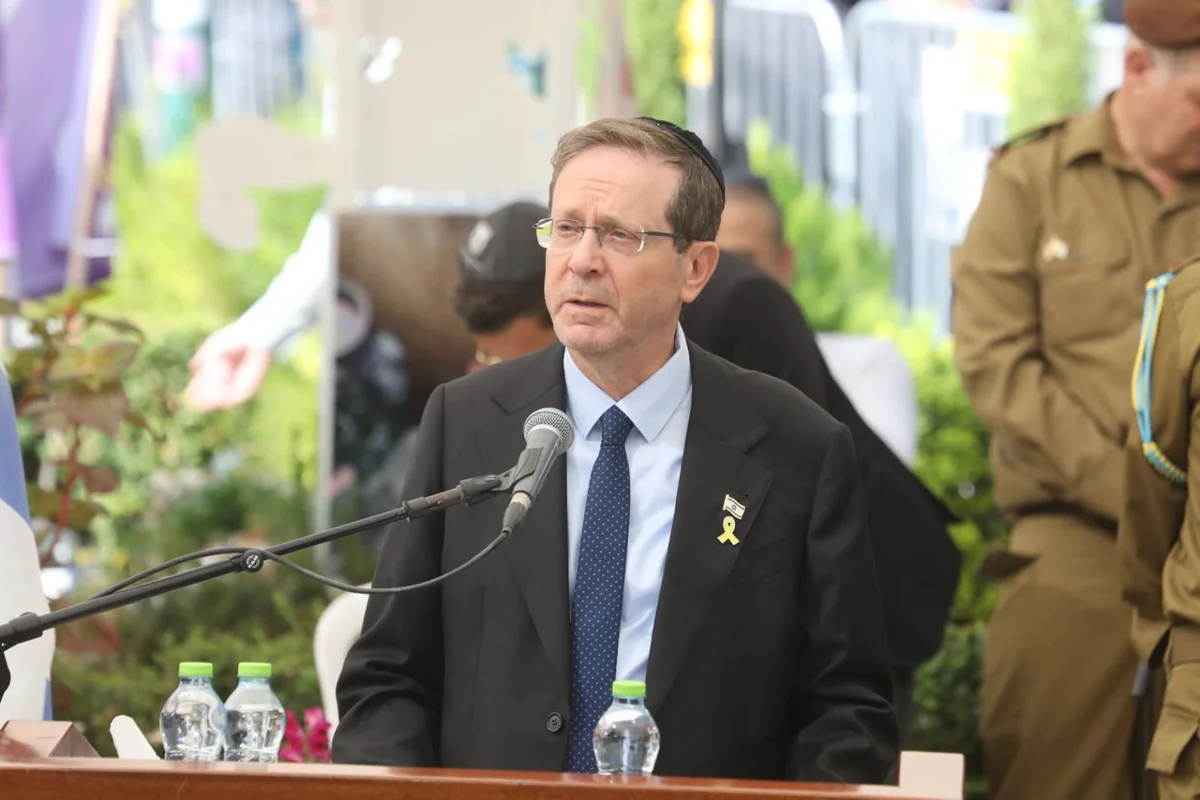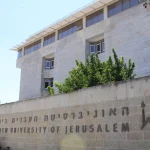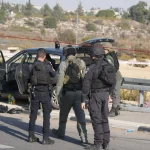Jerusalem, 24 June, 2025 (TPS-IL) — As questions swirled about the viability of a ceasefire on Tuesday, former Soviet dissident Natan Sharansky argued that the nature of any pause in the conflict will be crucial in determining whether it empowers or undermines the prospects of regime change in Tehran.
“If this is a ceasefire that immediately gives the feeling that the authorities in Iran completely regain control and strength, and no one in the world will touch them, then this is bad,” Sharansky cautioned in an interview with The Press Service of Israel. Such an outcome would likely cause “people in Iran to stop fighting.”
Conversely, a ceasefire that demonstrates the regime’s weakness while maintaining international pressure could create conditions for internal change, he explained.
Sharansky, now 77, spent nine years in Soviet prisons for his human rights activism and for trying to emigrate to Israel in the 1970s. After being released in 1986, he briefly entered Israeli politics, then became a prominent international advocate for freedom and democracy.
According to Sharansky, dictatorships fundamentally depend on fear to maintain control over their populations, while the majority of people are what he termed “doublethinkers” – those who neither believe in nor support the dictatorship but remain silent out of fear.
“‘Changing the regime’ sounds like ‘dropping another bomb,’ but it’s not what it’s about,” Sharansky explained. “It’s more about showing the citizens of Iran how weak the regime is, so that more people will overcome their fear and go into the streets. And then, if it happens and millions of people stop being afraid, regime change can be a matter of days.”
Sharansky has maintained contact with Iranian dissidents outside the country for years and has stayed in touch with them since the war began on June 13. “Dissidents are fragmented in every dictatorship. In Iran, there are many lines of division among the population — there are monarchists, there is secular opposition and religious opposition, and there are numerous national minorities. But they are consolidating now and building platforms for cooperation,” he said.
With the destruction of symbols of the regime — whether the gates of Tehran’s notorious Evin Prison or nuclear facilities — “Israel did a good job,” he said, adding that it is important that “Western leaders won’t be shy about saying out loud that our sympathies lie with the people of Iran and not with the dictatorship.”
Regarding U.S. President Donald Trump, Sharansky said, “It is unlikely the situation inside the U.S. would allow him to do more, like join our attacks on the symbols of the regime, given that even his own party did not entirely support joining the war.”
What Trump can do, however, is “unequivocally declare that the U.S. sees the Iranian regime as a dictatorship and that the U.S. stands with the oppressed people of Iran. There were leaders who were not afraid to say this, like President Reagan. It doesn’t take more fighter jets, but it does a ton of good for the spirit of people who fight for freedom.”
Israel has not listed regime change in Iran among its war goals, though Israeli voices have increasingly raised the possibility in carefully worded comments.
During a Tuesday briefing, David Mencer, a spokesperson for the National Public Diplomacy Directorate in the Prime Minister’s Office, told reporters, that if the war led to “the Iranian people shaking off the shackles of this oppressive regime that has oppressed the Iranian people for the past 47 years, that would be a welcome objective.”
Israeli Heritage Minister Amichai Eliyahu said earlier on Monday that Jerusalem was working with Iran’s opposition, but did not provide details.
Israel launched preemptive strikes against Iranian nuclear sites on June 13, citing intelligence that Tehran had reached “a point of no return” in its pursuit of nuclear weapons. According to Israeli defense officials, Iran has developed the capacity to rapidly enrich uranium and assemble nuclear bombs, with sufficient fissile material for up to 15 weapons.
Israeli intelligence also exposed a covert program to complete all components of a nuclear device. The strikes marked a dramatic escalation in what officials describe as a broader Iranian strategy combining nuclear development, missile proliferation, and proxy warfare aimed at Israel’s destruction.
Israeli expanded its strikes on Monday to include assets tasked with securing the Iranian regime’s hold on power, including internal security forces.




